One of Many Repairs
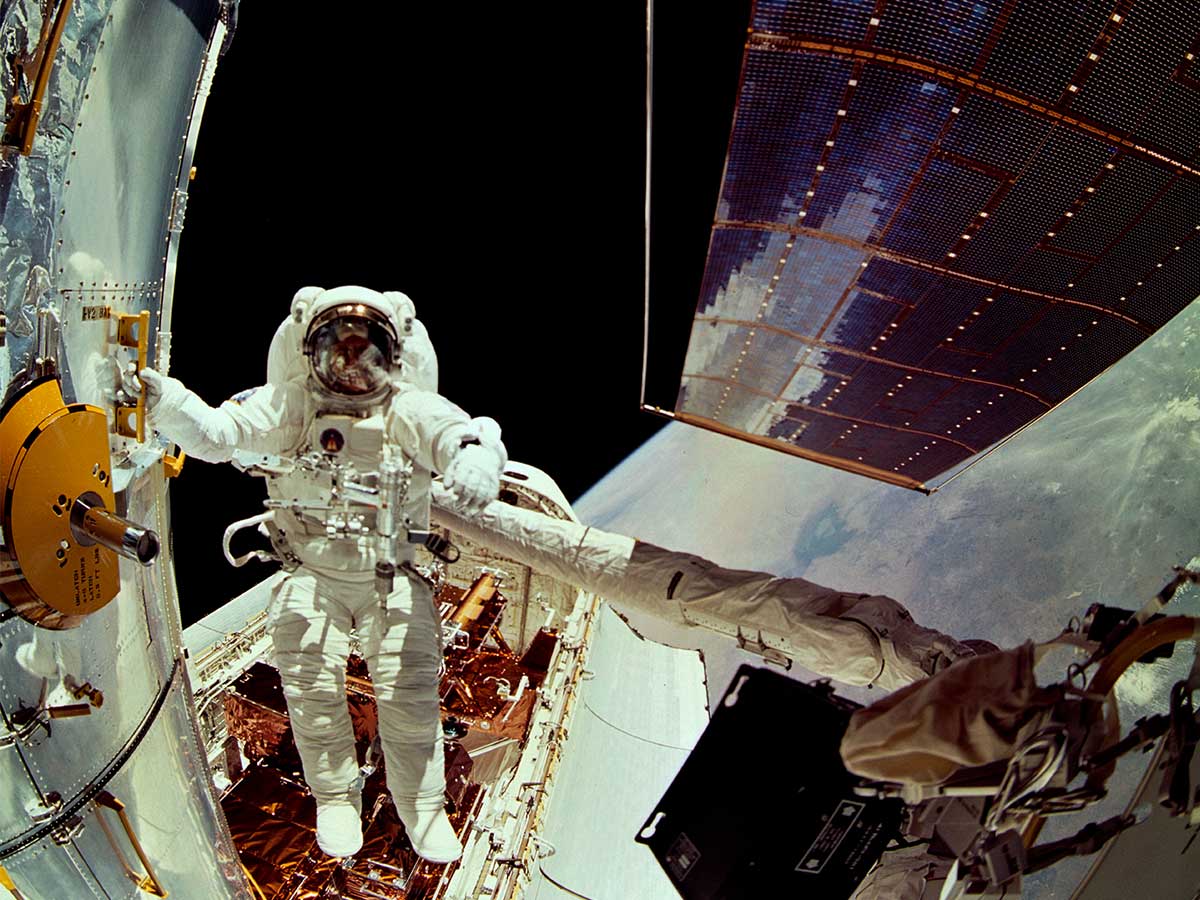
Remember the 1993 mission to repair the shuttle? Astronauts are required to go into space to fix it. While up there, the Hubble captured this amazing photograph. Here we see astronauts Story Musgrave and Jeffrey Hoffman conducting repairs. It took these two, five other astronauts, and an entire crew on the ground (along with several aids) to get the job done.
Over the course of the Hubble's space ride, astronauts have been sent up five times for various repairs. The tasks generally take anywhere from three to five days, but the Hubble isn’t ready to go after that. It still takes a ridiculous three months before it is even active again. Still, it’s usually worth it.
The Rose Galaxies
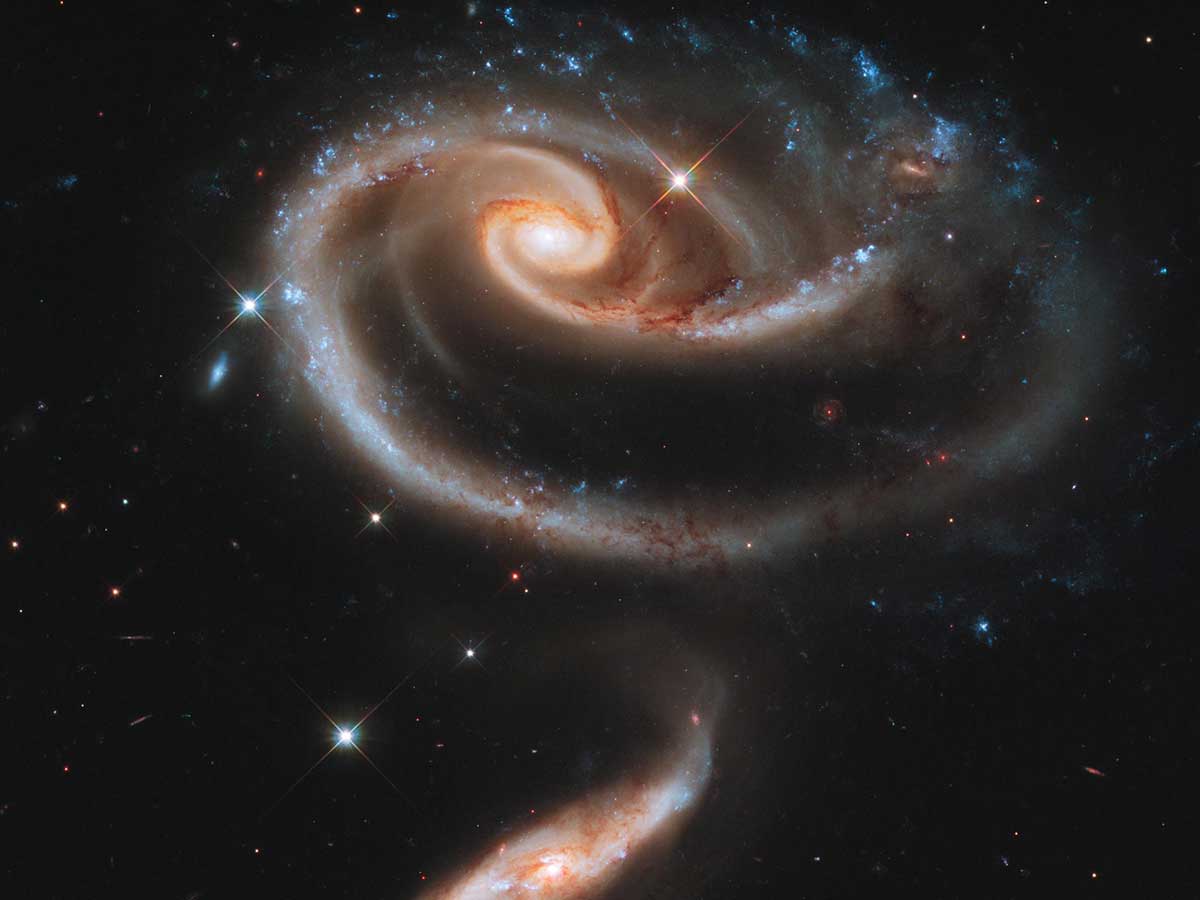
Galaxies are amazing to look at, but these two? Talk about photogenic! These two galaxies are known as UGC 1810 and UGC 1813. Yeah, that’s pretty boring, and we prefer the common name – the Rose Galaxies. The larger of the two is pulling the smaller into its gravitational pull, forming what looks like a flower.
The galaxies are comprised of super bright and young blue stars, which helped the Hubble spot it originally. It's uncommon for two galaxies to interact this way. Eventually, the smaller galaxy will likely be consumed and overwhelmed by the larger one, but we can just enjoy the view until then.
The Death of Stars
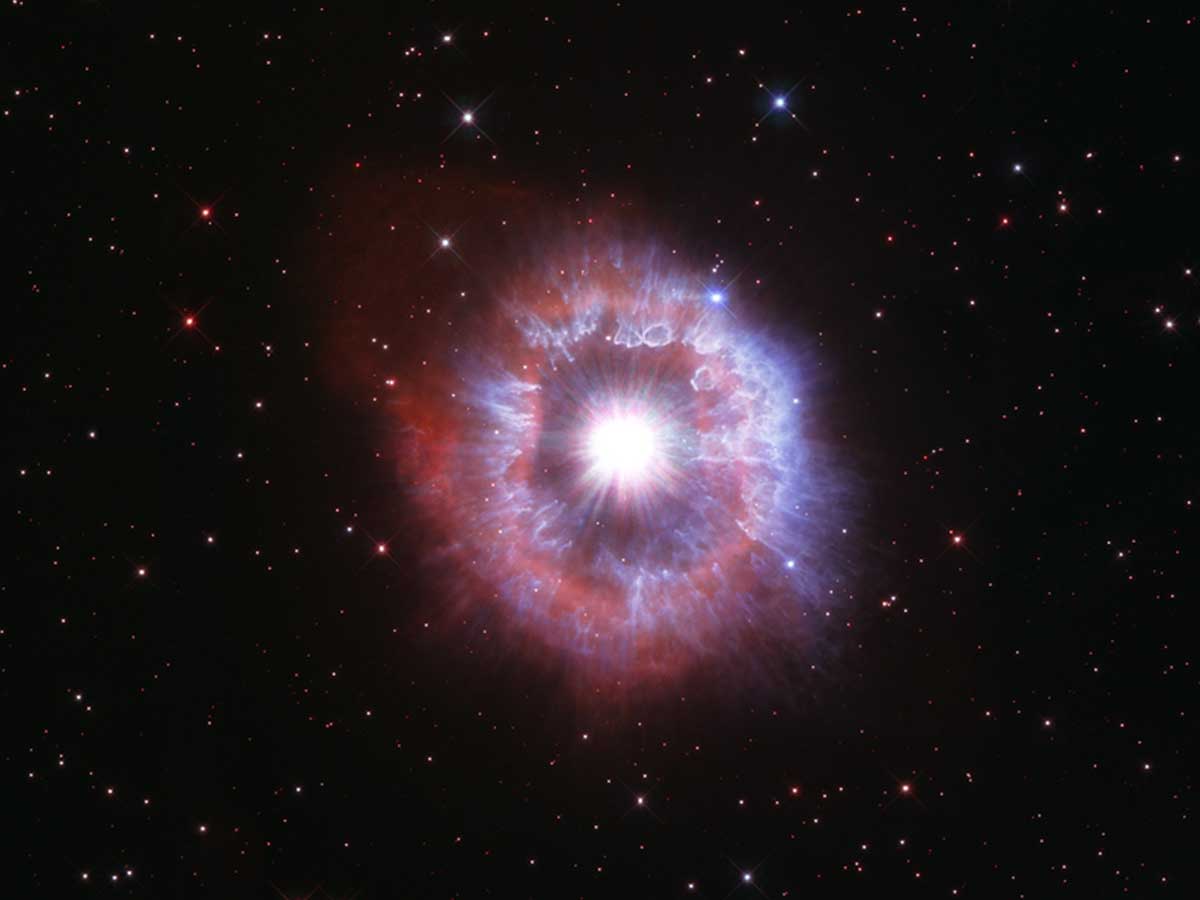
No, not the Death Star! Although, it does look a little like the Death Star when it exploded in Star Wars. Scientists call this star the “celebrity star” because it’s one of the brightest in our entire galaxy. Behind all the gas and space dust lies a slightly sadder story of a star struggling to survive.
The star is waging a tug-of-war between gravity and radiation to avoid self-destruction, but it’s losing the battle. It’s a rare type of star that epitomizes “live fast, die young.” Compared to our sun (which will survive around 10 billion years), this one will only last a few million years at best.
The Next Tool Album Cover?
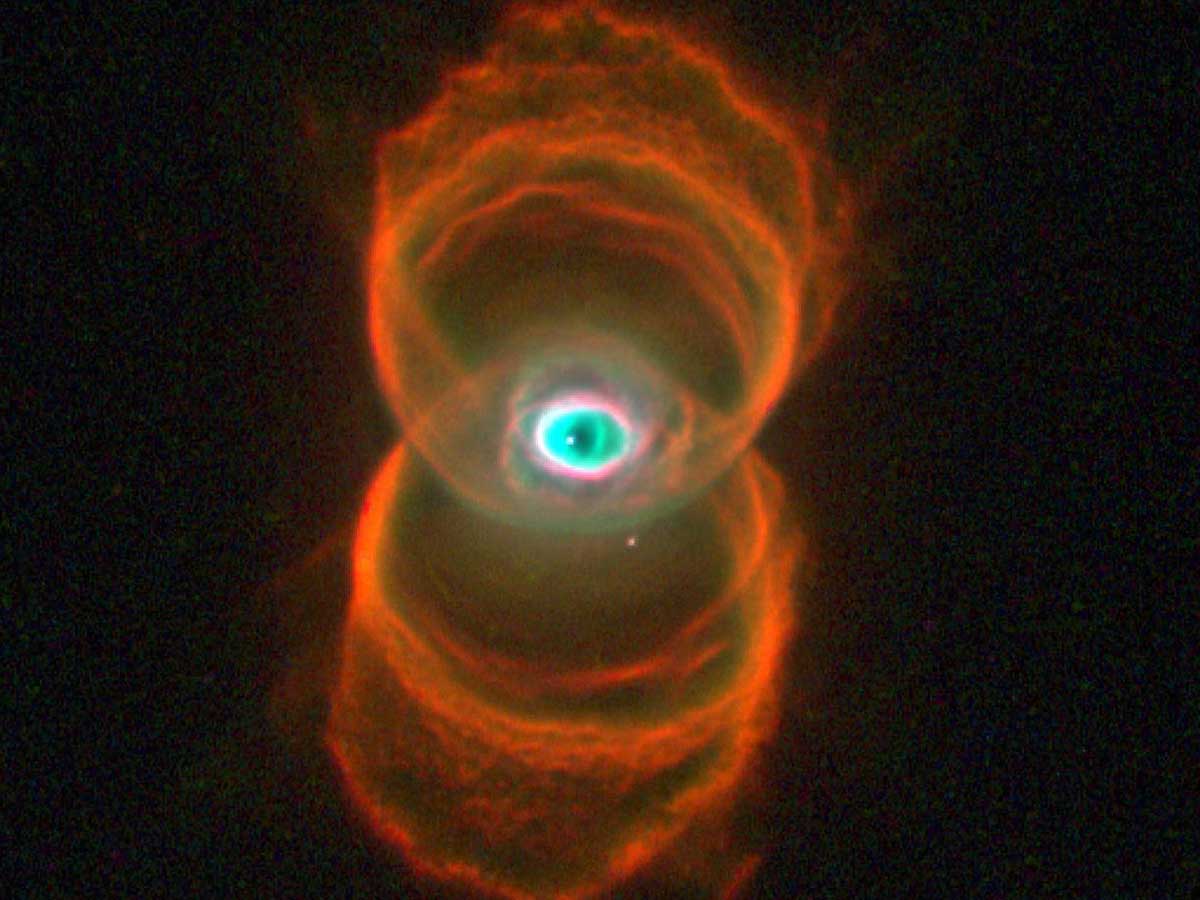
To us, this looks like a creepy eye that’s staring at Earth from space – excuse me while it replaces my sleep paralysis demon. The reality of the situation isn’t much better. This is a young planetary nebula that was created after the death of a Sun-like star. That raises the question: is this what our sun will look like one day?
Thankfully, that isn’t something we need to think about any time soon. Our sun will last around five billion more years, which is when the hydrogen will begin to run out. The good news is that our sun is in the most stable part of its life cycle since the birth of our solar system.
The Force Awakening
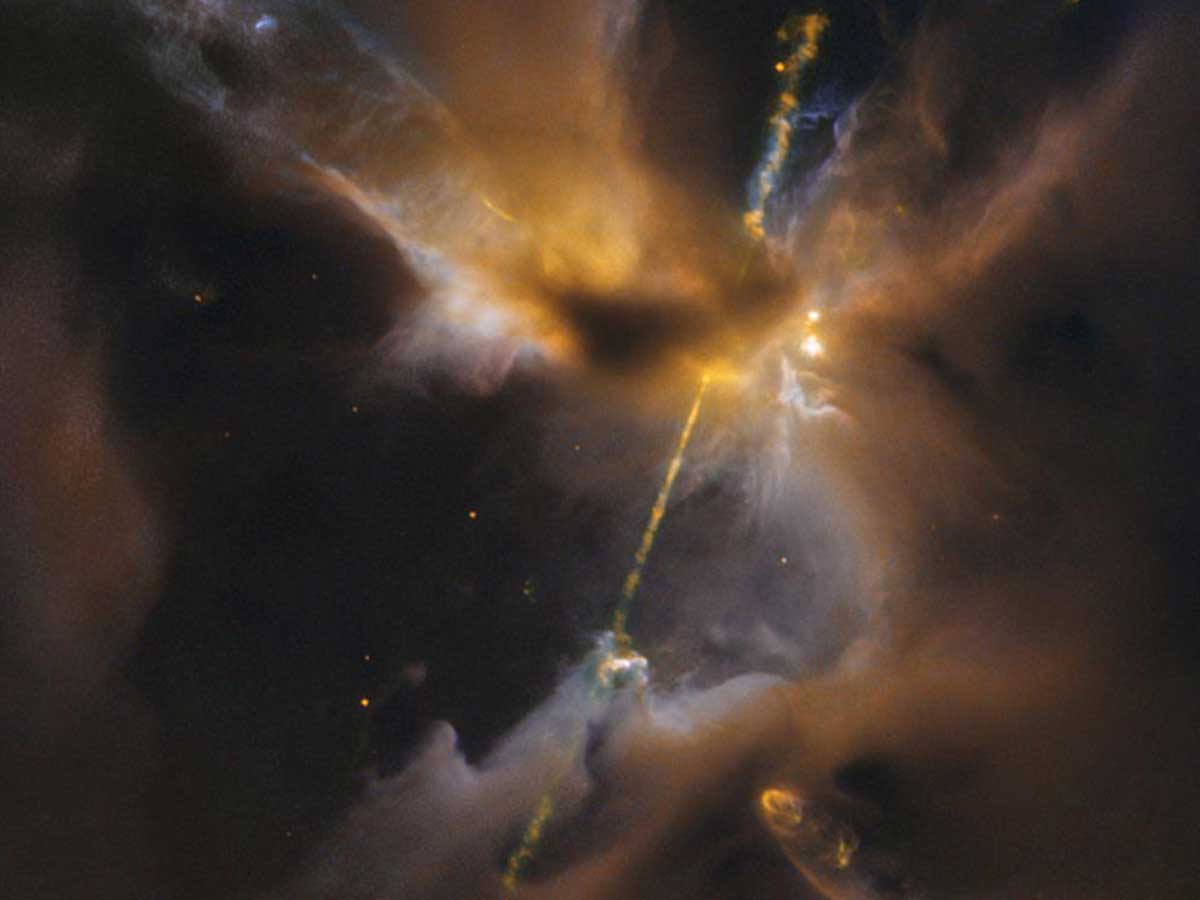
The birthing of a new star isn’t a calm thing. It’s turbulent and violent, but all that activity is what lights up our night skies. In this image, the Hubble spotted a dark cloud of dust that surrounds a newborn star. The baby star is shooting out two huge twin jets into space, announcing that it's there.
We better keep this reveal a secret or gender reveal parties are gonna get more extreme. In all seriousness, it’s easy to see how stunning and brutal the birth of a new star can be. It takes a ton of hydrogen to burn that bright, and a star like this? Well, it could blow through it’s reserves pretty fast burning like that!
 Author
Ron Winkler
Last Updated: June 05, 2025
Author
Ron Winkler
Last Updated: June 05, 2025